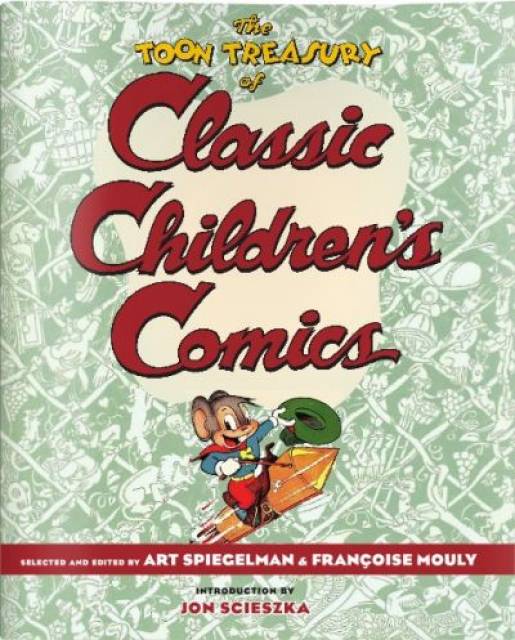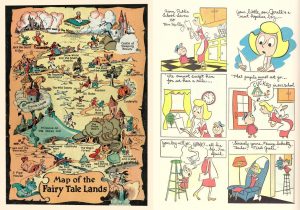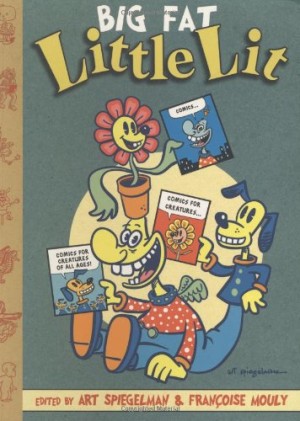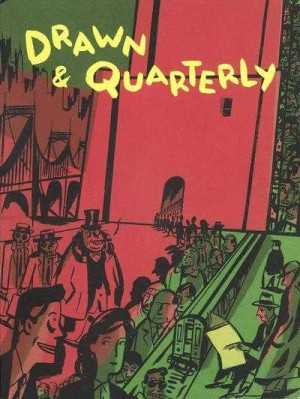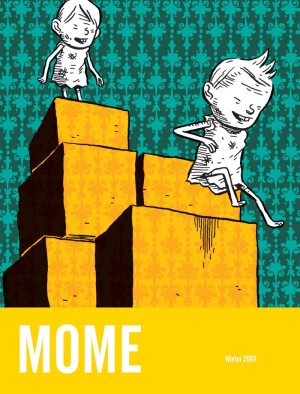Review by Frank Plowright
This stunningly curated and beautifully designed hardback shines a spotlight back over the decades to an era of children’s comics produced for a generation wanting and expecting more than a near exclusive diet of superheroes. Hell, wanting comics. As the National Ambassador for Children Jon Scieszka writes in his introduction “You have just entered the bank, the mint, the Ali Baba’s Cave full of gold, silver, ruby, emerald and diamond toons.”
The debate about what to include ranged far and wide, with an advisory board and discussion forum eventually distilling the collection available. For those interested, excerpts from the forum were printed in Comics Journal 302. The task didn’t end with selection, as inclusion of copyrighted material depended on notoriously proprietorial organisations. How good would a collection of classic children’s comics look without a Carl Barks Donald Duck story, or missing Little Lulu?
Those discovering the sophistication of Barks, John Stanley, or Sheldon Mayer have an eye-opening treat in store, but it’s likely most adult readers peering in here will be familiar with their work, as they will be with Dennis the Menace, Archie and possibly even the innocence of C.C. Beck’s Captain Marvel. Those more steeped in comics history might also know the funny animal stories of Walt Kelly, the lyrical wordplay of George Carlson, the wacky early strips of Harvey Kurtzman, Dick Briefer’s unique take on Frankenstein and the manic gags of Basil Wolverton. Yet such is the depth of experience that editors Art Spiegelman and Francoise Mouly were able to call upon that even dedicated fans ought to be exposed to something new.
This, though, isn’t just a book aimed at greying adults releasing their inner child, but at 21st century children. That is if they can lift it. At just shy of 350 pages, it’s one beast of a book. It raises the question of how much included here is timeless. Would, for instance, Andre LeBlanc’s charming pair of educational strips about ostriches and ants hold the same appeal as in 1946? Yet who could fail to be charmed by Kelly’s Fairy Tale Lands map (sample left)?
The strips are loosely gathered into five sections featuring kids, funny animals, fantasy, extended stories and weird’n’wacky. It’s in the latter section that the most off the wall material is located. Not just Briefer, Wolverton, and Jack Cole, but Theodor Geisel, better known as Dr Seuss, adapting Gerald McBoing Boing (for a children’s record, sample right)), and Stanley’s decidedly perverse Melvin Monster. That’s the sole strip extending the brief to the 1960s.
Beyond removal of background seep-through, the temptation to tidy the artwork has been resisted. The stories are presented here in four colour, dot screen fashion on slightly off-white paper to deliver a reading experience as near as possible to that of the original.
A magnificent collection has been constructed, surely the landmark against which anything similar will be judged. It’s worth noting, though, that the material is astonishingly clean and wholesome when compared with what was standard fare in British children’s comics of the 1950s. Only Milt Gross’ and Wolverton’s excess matches the anarchy to be found in The Beano and the Dandy: Focus on the Fifties.
